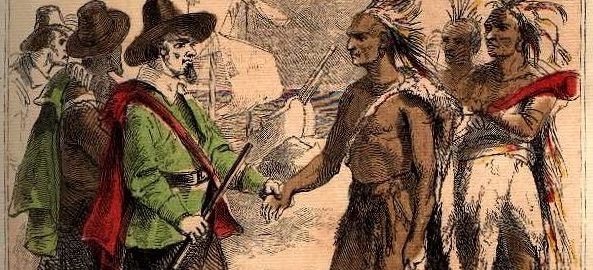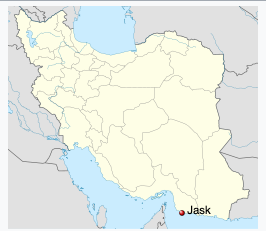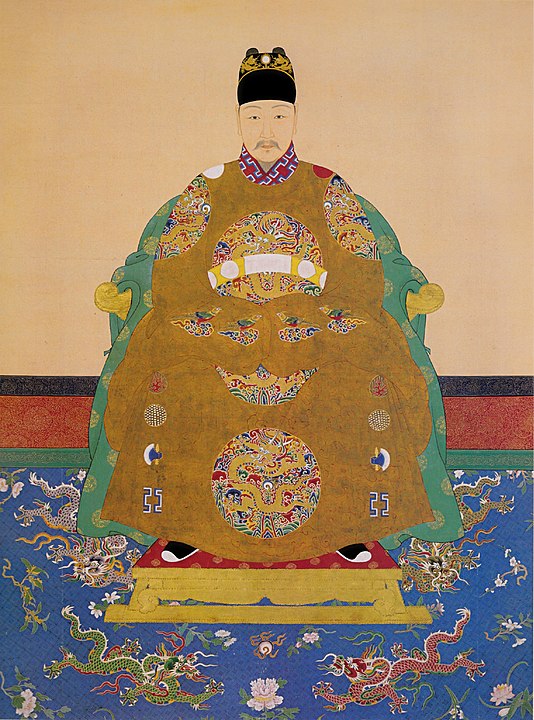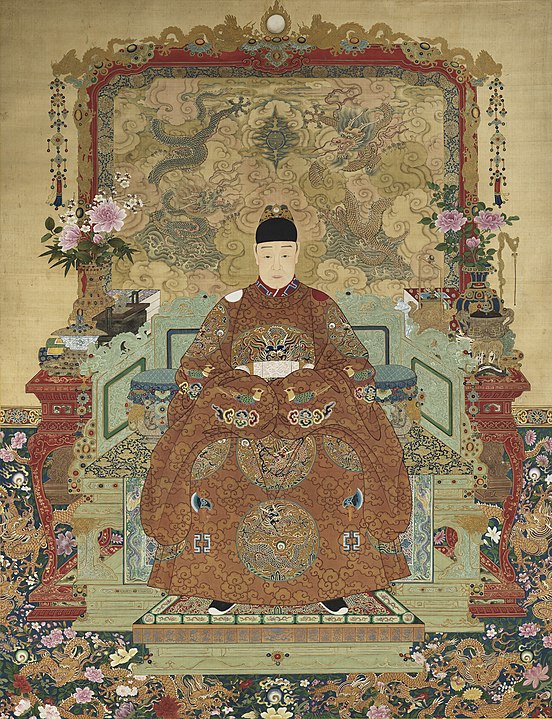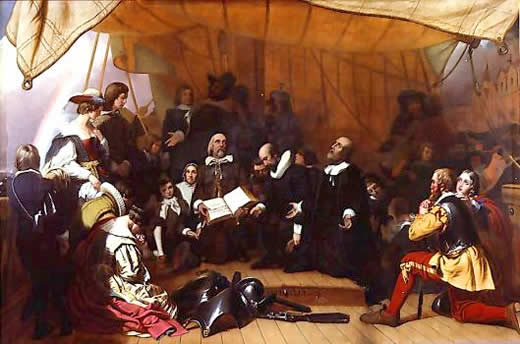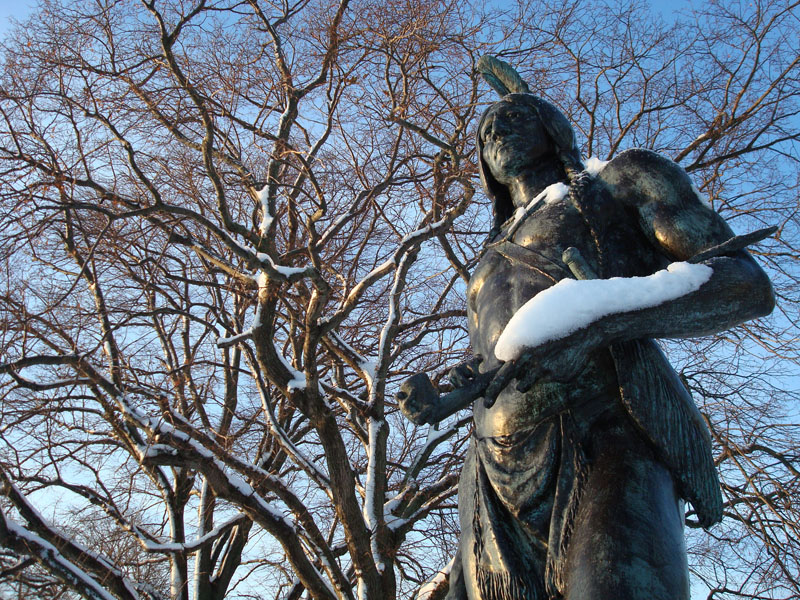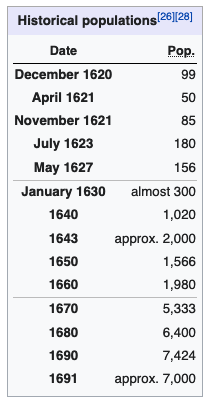Today marks my successful completion of the first 100 days/years of this project! I have learned a huge amount so far by doing this– and yes, I feel I’ve also been getting my writing-well-to-deadline chops back again. (I’ll be working on another “What I’ve learned to date” longform article soon. Did you see my earlier one, here?)
But anyway, 1620… I think the main story has to be the Mayflower. But first a couple of shorts, including another episode of what we might call the Real Concubines of Ming China…
First, though, this:
EIC captain “claims” Cape Town and Jask (in Persia)
And this: In 1620, an English EIC commander called Andrew Shilling, sailing around the Cape of Good Hope en route to India and the East Indies with a squadron of four vessels, made landfall at Table Bay (Cape Town), which then still bore its Portuguese-given name of Saldanha Bay. He and a fellow EIC commander then
took possession of Table Bay and its environs in the name of the English King, James I to preempt any claim by the Dutch. Here they planned a plantation similar to that established by the Virginia Company at Jamestown. The settlement would have provided a revictualling stop on the way to the East but nothing came of the plan.
When it says “took possession of” there, I don’t think they actually physically did this. It seems to have been declaratory, since they all then proceeded on their voyage to Surat, the small EIC outpost on the northwest coast of India.
Then, this:
On arrival at Surat, Shilling despatched two of his fleet—the Hart and the Eagle—to the Persian Gulf, and followed them with his own vessel and the Roebuck. On the way he captured a Portuguese ship laden with a cargo of horses, and soon after met his other vessels returning, who reported the Portuguese to be very strong. Shilling, however, resolved to attack them, and on 19 December 1620 engaged them near Jask on the coast of Persia. The first conflict was unfavourable to the English; but on Christmas Day the battle was renewed, and, though, owing to a calm, the London and the Hart were alone able to come into action, they completely defeated the Portuguese and compelled them to fly. Shilling, however, was mortally wounded, and died seven days later on 6 January 1621.
Neither of these events led immediately to the establishment of any lasting English positions in those locations. But they do indicate the EIC fleets’ growing capabilities across the western portions of the Indian Ocean.
Two quick imperial successions in Beijing
In August 1620, the 57-year-old Ming-dynasty Wanli Emperor died in Beijing after 48 years on the throne. English-WP tells us:
Some scholars believe that the Wanli Emperor’s reign was a significant factor contributing to the decline of the Ming dynasty. He refused to play the emperor’s role in government, and delegated many responsibilities to eunuchs, who made up their own faction. The official administration was so dissatisfied that a group of scholars and political activists… created the Donglin Movement, a political group who believed in upright morals and tried to influence the government according to strict Neo-Confucian principles.
Also, this:
In 1997, China’s Ministry of Public Security published a book on the history of drug abuse. It stated that the Wanli Emperor’s remains had been examined in 1958 and found to contain morphine residues at levels which indicate that he had been a heavy and habitual user of opium.
But this:
he is somewhat respected in Korea because Wanli strongly insisted on protecting Korea from Japan’s invasion in 1592. Wanli sent approximately 43,000 soldiers with 100,000 bags of rice for the people of Joseon. During Japan’s invasion from 1592 to 1598, the emperor sent more than 100,000 soldiers and he spent tremendous amounts of money for war, in excess of 5 years of tax revenues.
The succession went to his oldest son, a 38-year-old, who adopted the imperial name the Taichang Emperor. Taichang’s mother had been a serving maid, and Wanli’s most favored concubine Noble Consort Zheng was peeved that court officials insisted on naming Taichang as emperor, per dynastic tradition, rather then her own slightly younger son. So she and Wanli never made any attempt to educate Taichang.
WP tells us this about him:
The first few days of his reign started promisingly enough as recorded in the Ming histories. Two million taels of silver was entailed as a gift to the troops guarding the border, important bureaucratic posts left vacant during the Wanli Emperor’s long periods of administrative inactivity were finally starting to be filled, and many of the deeply unpopular extraordinary taxes and duties imposed by the Wanli Emperor were also revoked at this time. However, ten days after his coronation, the Taichang Emperor became so ill that celebrations for his birthday (by Chinese calculation) were cancelled.
According to non-official primary sources, the Taichang Emperor’s illness was brought about by excessive sexual indulgence after he was presented with eight maidens by Lady Zheng. The emperor’s already serious condition was further compounded by severe diarrhoea after taking a dose of laxative, recommended by an attending eunuch Cui Wensheng on 10 September. Finally on 25 September, to counter the effects of the laxative, he asked for and took a red pill presented by a minor court official named Li Kezhuo, who dabbled in apothecary.
Big mistake. Less than a month into his reign, he had died. They hadn’t even buried his father yet!
He was succeeded by his 15-year-old son who became known as the Tianqi Emperor. About him we learn this:
It is possible that [he] suffered from a learning disability or something more. He was illiterate and showed no interest in his studies. However, he was an outstanding carpenter and craftsman, often spending vast amounts of time on woodworking and instructing his servants to sell his creations undercover on the market just to see how much they were worth.
Because the Tianqi Emperor was unable to read court memorials and uninterested in state affairs, the court eunuch Wei Zhongxian and the emperor’s wet nurse Madam Ke seized power and controlled the Ming imperial court, with the Tianqi Emperor as merely a puppet ruler.
This seems to be a dynasty going into a nose-dive. Can the officials of the imperial court hold it together?
English religious dissenters establish colony at ‘Plymouth’
The group of English religious dissenters who came to be known as the “Pilgrims” had originated in the mid-16th century as a church congregation in Rutland and Northamptonshire in the English Midlands, originally known as the Brownists. They were Puritans/Calvinists who believed, basically, that Henry VIII’s separation from the Roman Catholic church had not been anywhere near complete. In 1607, the local Church of England Archbishop began harassing them, and in 1608 they emigrated to the Netherlands, where Calvinism was much stronger. This page on WP tells us that: “The community remained close-knit, but their children began adopting the Dutch language and customs, and some also entered the Dutch Army. They also were still not free from the persecutions of the English Crown… “
In 1619, they thus obtained a land patent (grant) from the London-based “Plymouth Company”, which was the portion of the Virginia Company that was supposed to settle the N. American landmass further to the north of today’s “Virginia”.
(This tactic of sending religious dissenters far away to start colonial settlements in America was one that the powers-that-be resorted to increasingly throughout the 17th century: Catholics to Maryland, Quakers to Pennsylvania and New Jersey, Puritans to New England, etc. It handily killed two birds with one stone! It got large numbers of those dissenters far away from England, and it helped embed English settlements along the whole coast of what would be “English” North America.)
The Puritans’ land grant “entitled” them to settle at the mouth of today’s Hudson River, and in 1620 they set out from Amsterdam, joining up with other potential colonists from London who weren’t members of their congregation but who had useful skills. They borrowed money from the “Company of Merchant Adventurers of London” to buy provisions and secure passage on the first two boats that year. After several mishaps at sea only one of the boats, the Mayflower, made it to the American coast. But it had made landfall considerably north of the mouth of the Hudson and since winter was already close they decided to found their colony in Cape Cod Bay instead.
This happened:
The Mayflower anchored at Provincetown Harbor on November 11, 1620. The Pilgrims did not have a patent to settle this area, and some passengers began to question their right to land, complaining that there was no legal authority to establish a colony.
Whaaat? These guys were just parking themselves on somebody else’s land they’d never before visited and wanting to stay and live there– and they were worried about “legality”?
Anyway, 41 Puritan men deliberated and signed something called the “Mayflower Compact”, which allayed the concerns some of them had about “legality.” “It was modeled on the church covenants that Congregationalists used to form new congregations. WP: “It made clear that the colony should be governed by ‘just and equal laws,’ and those who signed it promised to keep those laws.”
They finally decided on a site for their settlement that had two hills: one for the village they would build and one for the fort they would build. Along the way, they stole two stocks of sacred corn that had been buried (per religious tradition) alongside interred indigenous people. They decided to call their colony “Plymouth”, or perhaps “New Plymouth”, landing at its site on December 21, 1620. While some men set about building the structures they would need– including “a wooden platform… atop Fort Hill to support the cannon that would defend the settlement”– the women, children, and infirm stayed aboard the ship.
During the winter, the Mayflower colonists suffered greatly from lack of shelter, diseases such as scurvy, and general conditions on board ship. Many of the men were too infirm to work; 45 out of 102 pilgrims died and were buried on Cole’s Hill. Thus, only seven residences and four common houses were constructed during the first winter out of a planned 19. By the end of January, enough of the settlement had been built to begin unloading provisions from the Mayflower.
The men of the settlement organized themselves into military orders in mid-February, after several tense encounters with local Indians, and Myles Standish was designated as the commanding officer. By the end of the month, five cannon had been defensively [?] positioned on Fort Hill. John Carver was elected governor.
In March 1621, they would have their first meeting with an Indian, Samoset (as shown in the banner image above.) He:
was an Abenaki sagamore who was originally from Pemaquid Point in Maine. He had learned some English from fishermen and trappers in Maine, and he walked boldly into the midst of the settlement and proclaimed, “Welcome, Englishmen!” It was during this meeting that the Pilgrims learned how the previous residents of [their location at] Patuxet had died of an epidemic.They also learned that an important leader of the region was Wampanoag Indian chief Massasoit, and they learned about Squanto (Tisquantum) who was the sole survivor from Patuxet. Squanto had spent time in Europe and spoke English quite well. Samoset spent the night in Plymouth and agreed to arrange a meeting with some of Massasoit’s men.
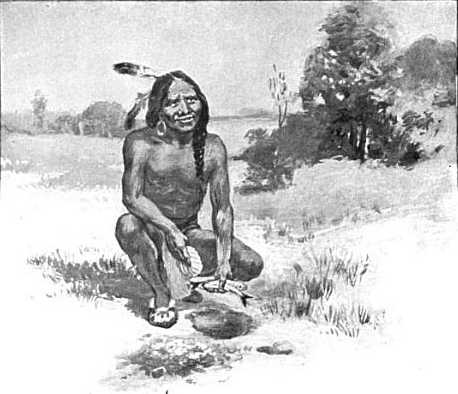
Massasoit and Squanto were apprehensive about the Pilgrims, as several men of his tribe had been killed by English sailors. He also knew that the Pilgrims had taken some corn stores in their landings at Provincetown. Squanto himself had been abducted in 1614 by English explorer Thomas Hunt and had spent five years in Europe, first as a slave for a group of Spanish monks, then as a freeman in England. He had returned to New England in 1619, acting as a guide to explorer Capt. Robert Gorges, but Massasoit and his men had massacred the crew of the ship and had taken Squanto.
Samoset returned to Plymouth on March 22 with a delegation from Massasoit that included Squanto; Massasoit joined them shortly after, and he and Governor Carver established a formal treaty of peace after exchanging gifts. This treaty ensured that each people would not bring harm to the other, that Massasoit would send his allies to make peaceful negotiations with Plymouth, and that they would come to each other’s aid in a time of war.
Just to continue the story a tiny bit: in November 1621, the 53 settlers who had survived at Plymouth held their first “Thanksgiving” feast alongside Massasoit and 90 of his men. Relations between the settlers and the Wampanoag would remain warily cooperative though Myles Standish ignited considerable opposition from the Wampanoag by his aggressivity. The Wampanoag responded by reducing the quantity of furs they would bring to trade to the settlers– who needed those furs to send back to England so they could begin to pay off their debt to the “Merchant Adventurers.” The colony did, however, survive and continue to grow.
